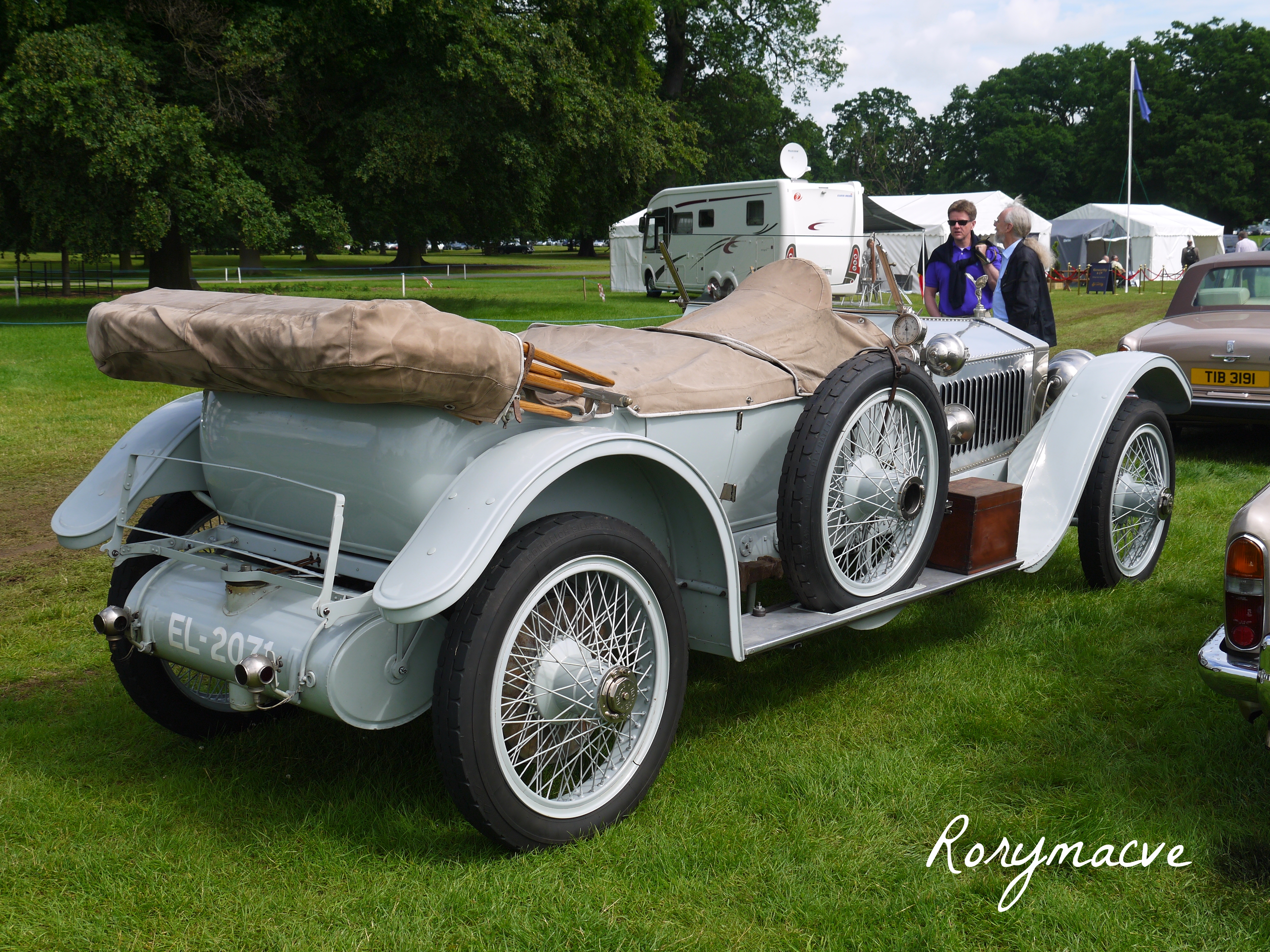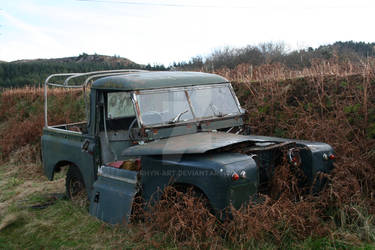ShopDreamUp AI ArtDreamUp
Deviation Actions
Suggested Deviants
Suggested Collections
Description
Celebrating its 110th anniversary, the Rolls Royce Silver Ghost was the car that truly brought the Double-R to the forefront, and made it the most desirable motoring brand in history, a legacy it continues to hold to this day.
In 1906, Rolls-Royce produced four chassis to be shown at the Olympia car show, two existing models, a four-cylinder 20 hp and a six-cylinder 30 hp, and two examples of a new car designated the 40/50 hp. The 40/50 hp was so new that the show cars were not fully finished, and examples were not provided to the press for testing until March 1907.
The car at first had a new side-valve, six-cylinder, 7036 cc engine (7428 cc from 1910) with the cylinders cast in two units of three cylinders each as opposed to the triple two-cylinder units on the earlier six. A three-speed transmission was fitted at first with four-speed units used from 1913. The seven-bearing crankshaft had full pressure lubrication, and the centre main bearing was made especially large to remove vibration, essentially splitting the engine into two three-cylinder units. Two spark plugs were fitted to each cylinder with, from 1921, a choice of magneto or coil ignition. The earliest cars had used a trembler coil to produce the spark with a magneto as an optional extra which soon became standard - the instruction was to start the engine on the trembler/battery and then switch to magneto. Continuous development allowed power output to be increased from 48 bhp (36 kW) at 1,250 rpm to 80 bhp (60 kW) at 2,250 rpm. Electric lighting became an option in 1914 and was standardised in 1919. Electric starting was fitted from 1919 along with electric lights to replace the older ones that used acetylene or oil.
Development of the Silver Ghost was suspended during World War I, although the chassis and engine were supplied for use in Rolls-Royce Armoured Cars.
The chassis had rigid front and rear axles and leaf springs all round. Early cars only had brakes on the rear wheels operated by a hand lever, with a pedal-operated transmission brake acting on the propeller shaft. The footbrake system moved to drums on the rear axle in 1913. Four-wheel servo-assisted brakes became optional in 1923.
Despite these improvements the performance of the Silver Ghost's competitors had improved to the extent that its previous superiority had been eroded by the early 1920s. Sales declined from 742 in 1913 to 430 in 1922. The company decided to launch its replacement which was introduced in 1925 as the New Phantom. After this, older 40/50 models were called Silver Ghosts to avoid confusion.
A total of 7874 Silver Ghost cars were produced from 1907 to 1926, including 1701 from the American Springfield factory. Many of them still run today. A fine example is on display at the National Motor Museum, Beaulieu.
In 1906, Rolls-Royce produced four chassis to be shown at the Olympia car show, two existing models, a four-cylinder 20 hp and a six-cylinder 30 hp, and two examples of a new car designated the 40/50 hp. The 40/50 hp was so new that the show cars were not fully finished, and examples were not provided to the press for testing until March 1907.
The car at first had a new side-valve, six-cylinder, 7036 cc engine (7428 cc from 1910) with the cylinders cast in two units of three cylinders each as opposed to the triple two-cylinder units on the earlier six. A three-speed transmission was fitted at first with four-speed units used from 1913. The seven-bearing crankshaft had full pressure lubrication, and the centre main bearing was made especially large to remove vibration, essentially splitting the engine into two three-cylinder units. Two spark plugs were fitted to each cylinder with, from 1921, a choice of magneto or coil ignition. The earliest cars had used a trembler coil to produce the spark with a magneto as an optional extra which soon became standard - the instruction was to start the engine on the trembler/battery and then switch to magneto. Continuous development allowed power output to be increased from 48 bhp (36 kW) at 1,250 rpm to 80 bhp (60 kW) at 2,250 rpm. Electric lighting became an option in 1914 and was standardised in 1919. Electric starting was fitted from 1919 along with electric lights to replace the older ones that used acetylene or oil.
Development of the Silver Ghost was suspended during World War I, although the chassis and engine were supplied for use in Rolls-Royce Armoured Cars.
The chassis had rigid front and rear axles and leaf springs all round. Early cars only had brakes on the rear wheels operated by a hand lever, with a pedal-operated transmission brake acting on the propeller shaft. The footbrake system moved to drums on the rear axle in 1913. Four-wheel servo-assisted brakes became optional in 1923.
Despite these improvements the performance of the Silver Ghost's competitors had improved to the extent that its previous superiority had been eroded by the early 1920s. Sales declined from 742 in 1913 to 430 in 1922. The company decided to launch its replacement which was introduced in 1925 as the New Phantom. After this, older 40/50 models were called Silver Ghosts to avoid confusion.
A total of 7874 Silver Ghost cars were produced from 1907 to 1926, including 1701 from the American Springfield factory. Many of them still run today. A fine example is on display at the National Motor Museum, Beaulieu.
Image size
4000x3000px 8.23 MB
Make
Panasonic
Model
DMC-GF5
Shutter Speed
1/320 second
Aperture
F/8.0
Focal Length
21 mm
ISO Speed
160
Date Taken
Jun 25, 2016, 10:42:40 AM
© 2016 - 2024 The-Transport-Guild
Comments0
Join the community to add your comment. Already a deviant? Log In
































